Garden of Edith - Spring Gardening and Allergies
- 03/30/2019 09:14 AM (update 04/10/2023 11:09 PM)
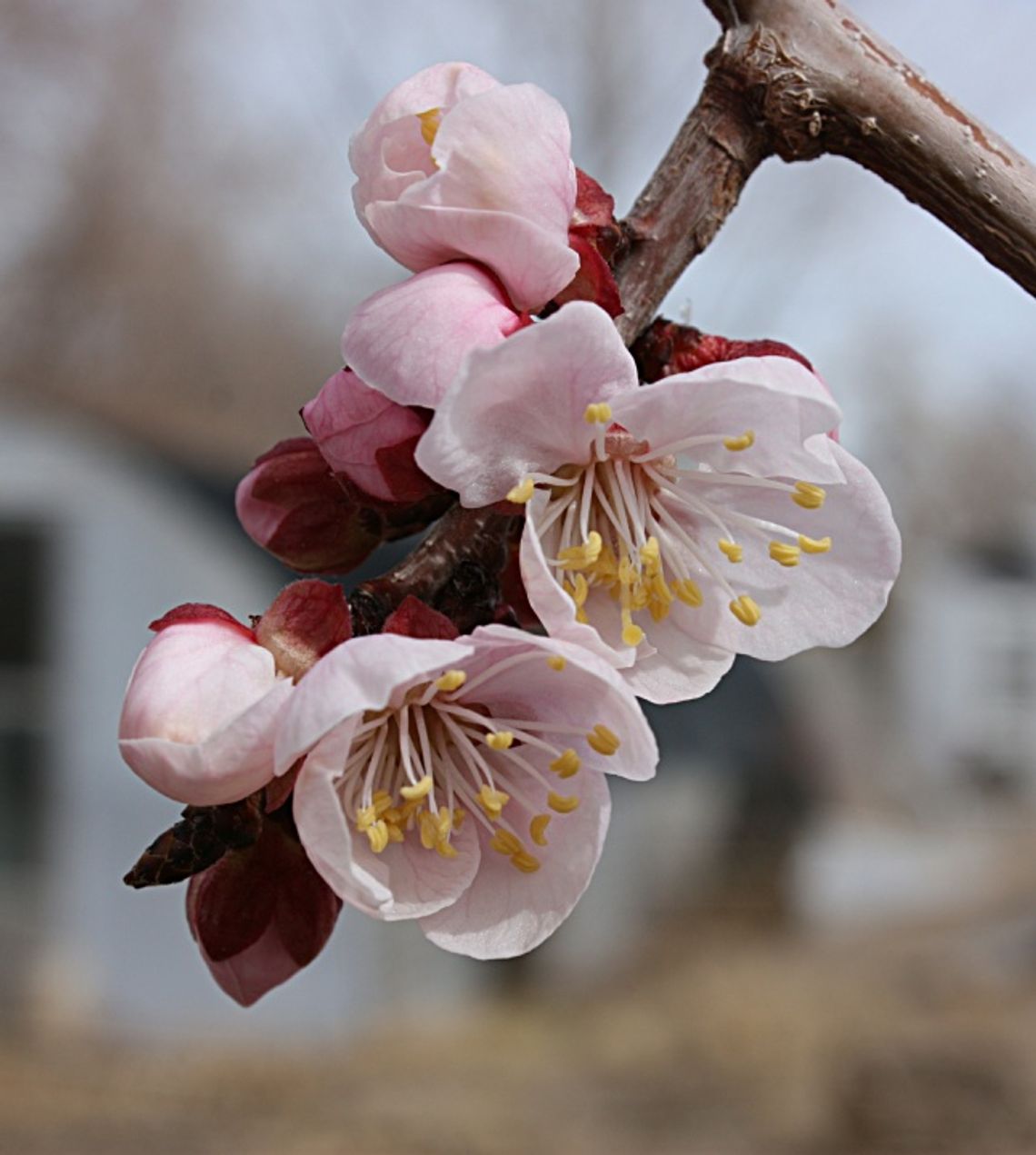
by Edith Isidoro-Mills --
Spring brings thoughts of gardening and for some the dread of allergies. If allergies discourage you from gardening you may be surprised to know that it isn't those beautiful flowers on the fruit trees or the bulbs that are the first to give the garden some color. If you suffer from allergies you should make an appointment with an allergist and find out what is really bothering them. You may be surprised to find the pollens that are visible to the naked eye are not the ones causing problems. Any pollen visible to the naked eye is too heavy to float into their nose and make them sneeze or have watery eyes.
A horticulture instructor by the name of Thomas Olgren married an allergy sufferer and wanted to understand what made her and other allergy sufferers sneeze. He did some experimenting with his students by having them perform “sniff tests” on a large variety of landscape plants. The results were quite interesting; some plants didn’t bother anyone while others bothered almost everyone. Some plants only caused sneezing and watery eyes in a few students but left others symptom free.
Mr. Olgren’s results prompted him to seek a master’s degree and write a couple books, “Allergy Free Gardening”, “Safe Sex in the Garden”, and "The Allergy-Fighting Garden". He has devised scale from 1 to 10 with 10 being the worst plants for allergy sufferers and 1 being plants least likely to bring on sneezing and watery eyes. This scale can be found in his books but a common characteristic of plants rated 1 through 5 on his scale is they tend to have large showy flowers that attract pollinating insects. These plants include fruit trees, columbine, daffodils, daisies, geraniums, and many others too numerous to list in this column.
Grasses and trees seem to be the major allergy symptom inducing factors in the landscape. However, not all trees are a problem, only those that rely on wind to disperse their pollen seem to induce allergy symptoms. What Mr. Olgren has also realized through his studies is that the landscape industry has perpetuated the allergy problem by planting “fruitless trees”. These “fruitless trees” are nothing more than the male of plant of a dioecious tree species. This was done to reduce the mess made by the fruit that falls from the female trees such as mulberries.
Dioecious means the pollen is produced on one plant and the fruit on another plant. Some examples of dioecious trees are cottonwoods, mulberries, elms, poplar, willow, ash, and a number of other trees and shrubs. If the female of these species were planted instead allergy sufferers wouldn’t have as much problem except for the accidentally planted male tree. Also if you will notice none of the dioecious trees mentioned in this column has showy flowers.
Trees with showy flowers are considered to have perfect flowers which means both pollen and fruit producing structures are in each flower on any single tree in that species. Examples of trees and shrubs with perfect flowers are roses, lilacs, fruit trees, forsythia, and most woody plants with showy flowers.
In addition to plant selection, allergy sufferers who enjoy gardening can reduce their symptoms by proper use of prescribed medications, limiting their gardening activities to hours of the day when most of the pollen has settled, postponing gardening on windy days, changing out of gardening clothes once inside, and bathing immediately after gardening.
People who suffer from allergies and want a low maintenance landscape should plant native plants and avoid anything that says “fruitless”. If you are allergic to plants native to Nevada visit your allergist because plants that are native to an area are just plain hard to get away from unless you hide in a totally climate controlled building for the entire growing season.
Support local, independent news – contribute to The Fallon Post, your non-profit (501c3) online news source for all things Fallon.
Never miss the local news -- read more on The Fallon Post home page.

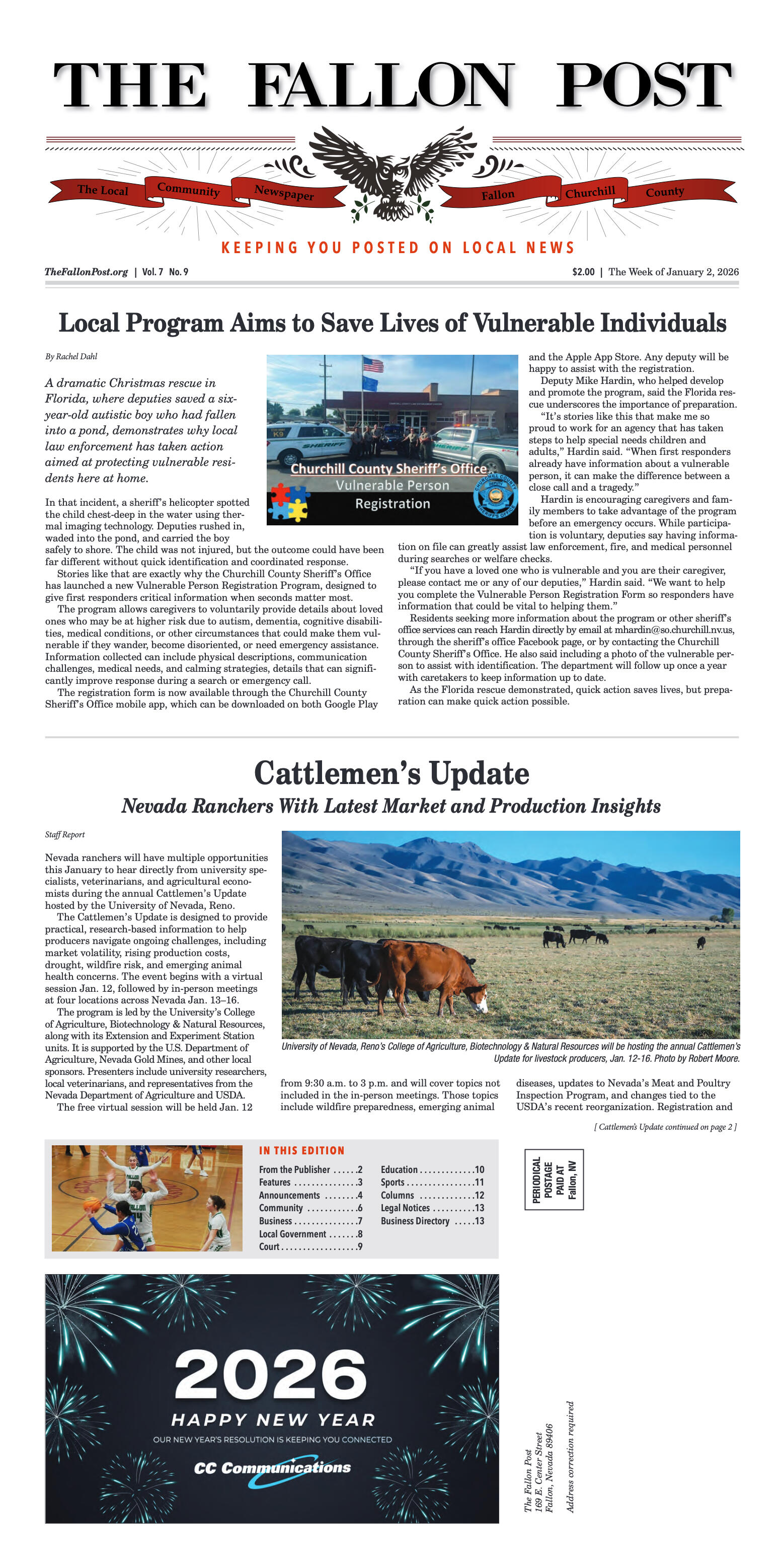
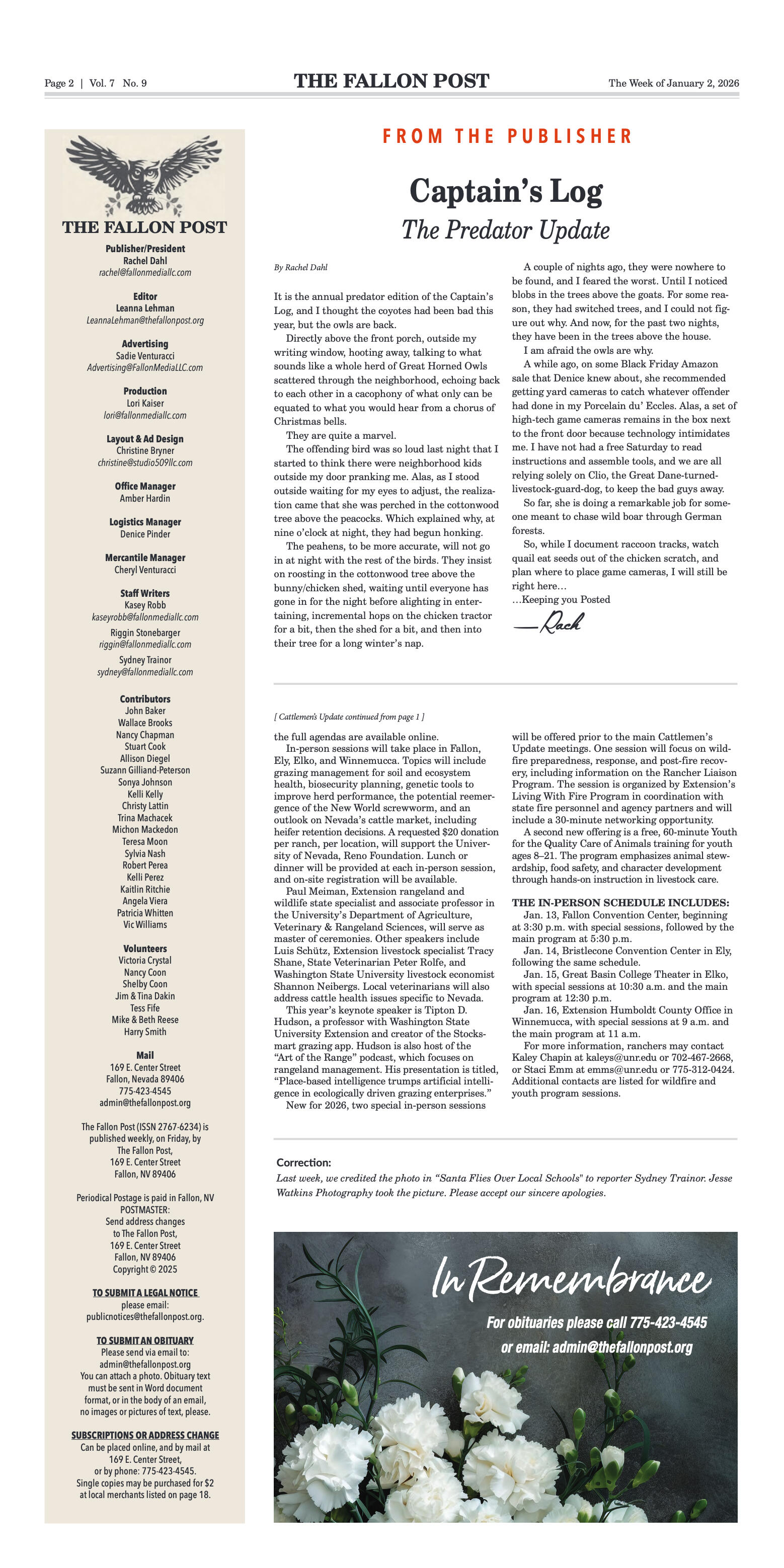
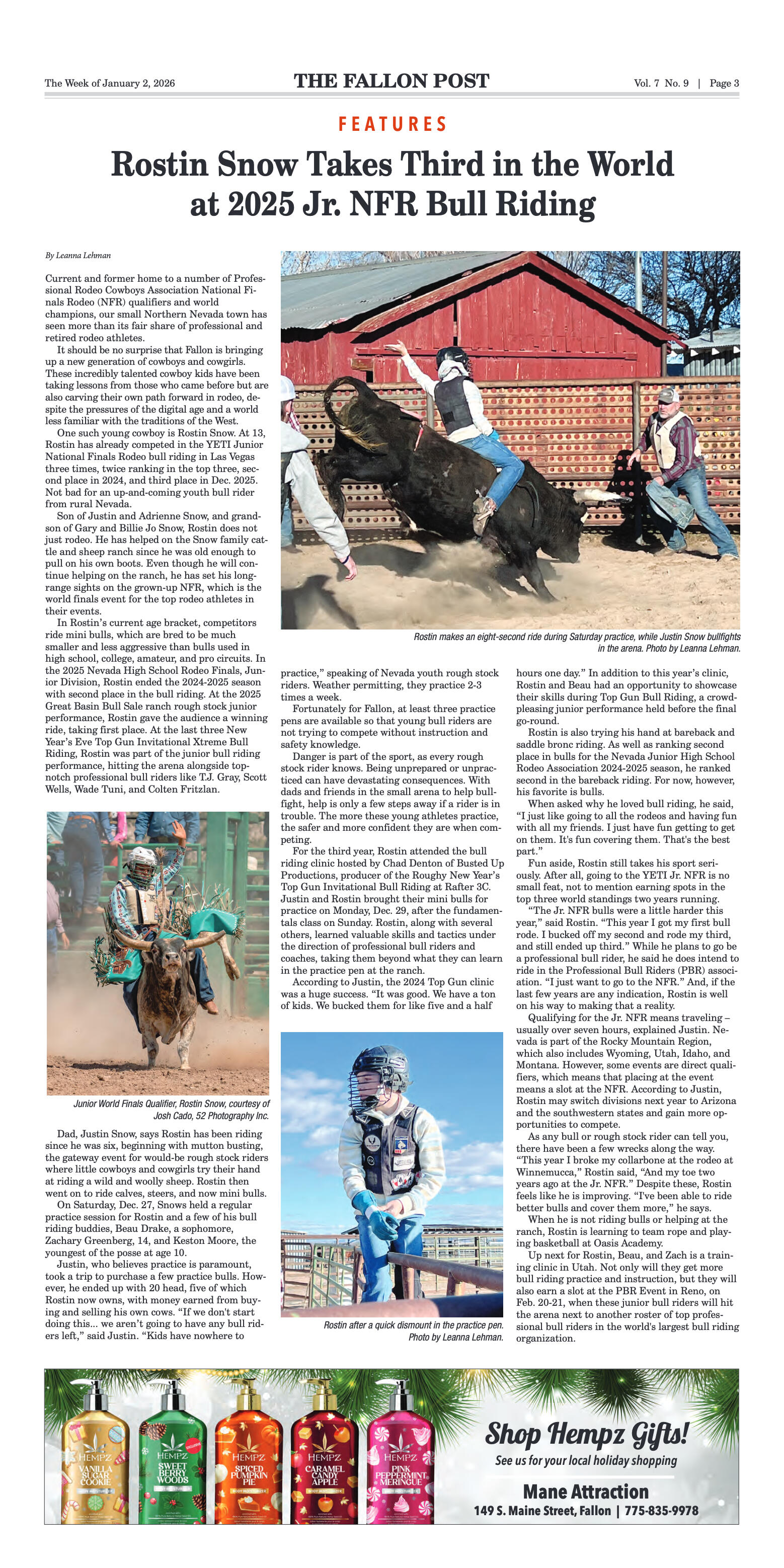

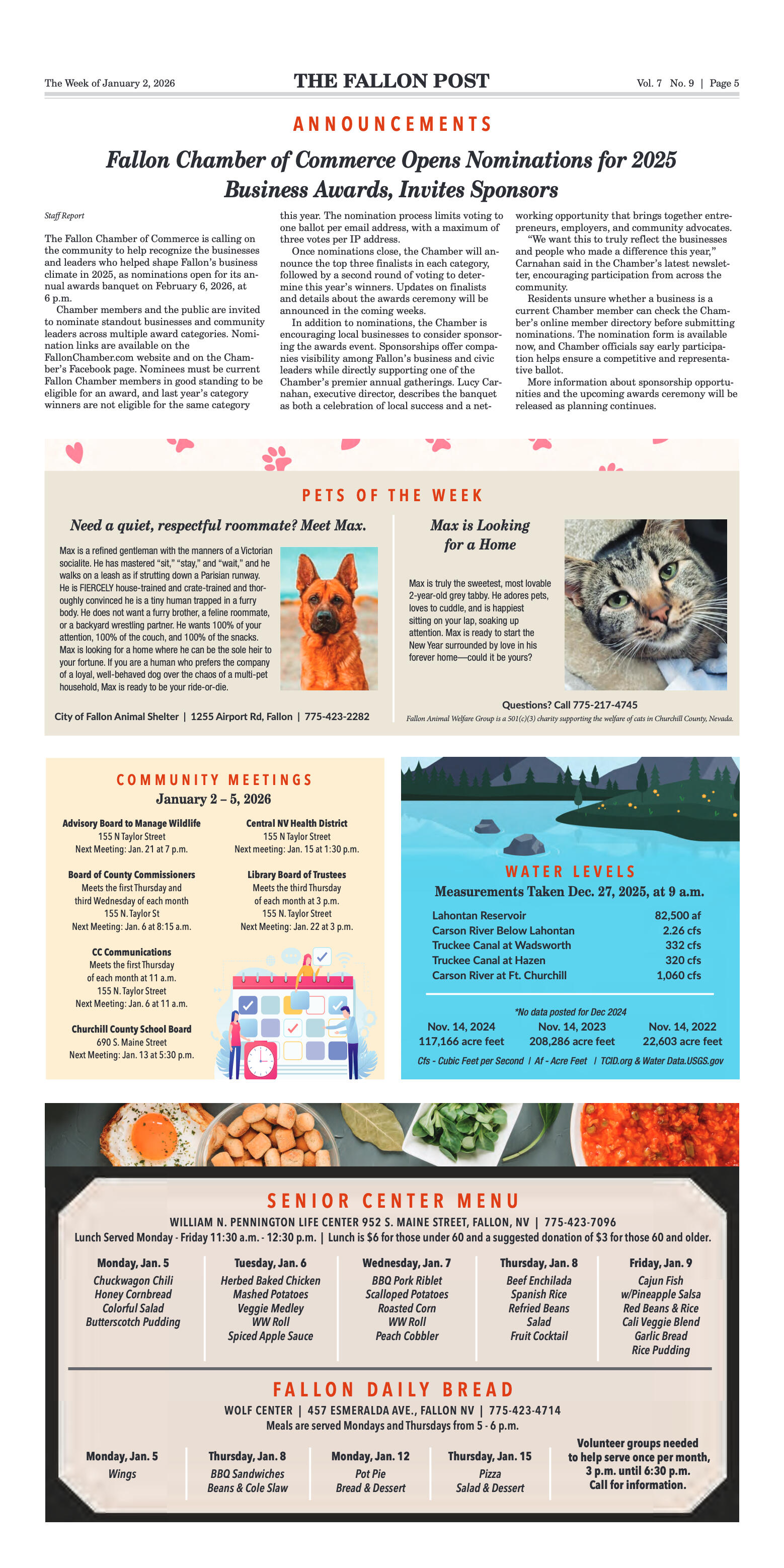
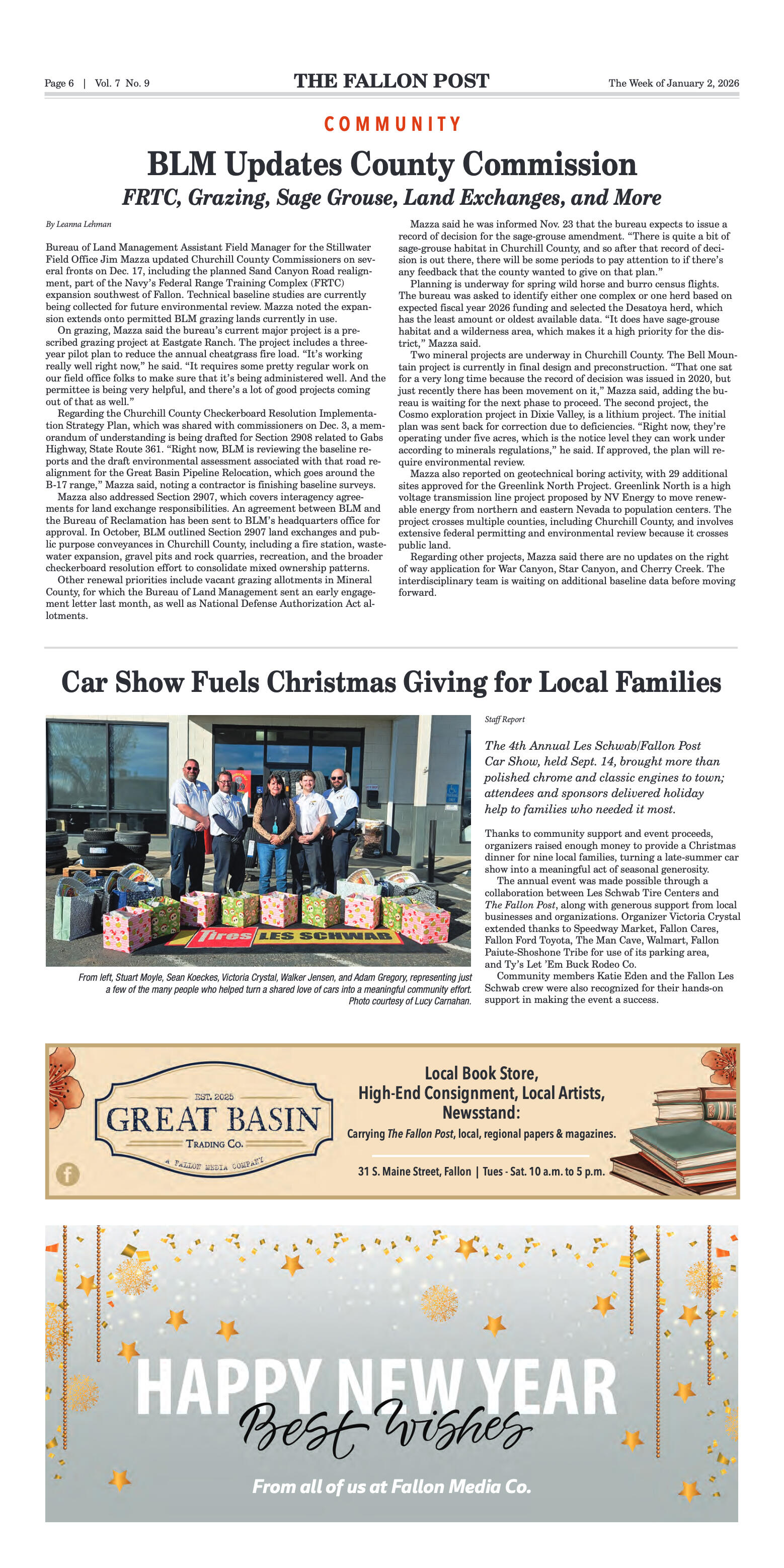
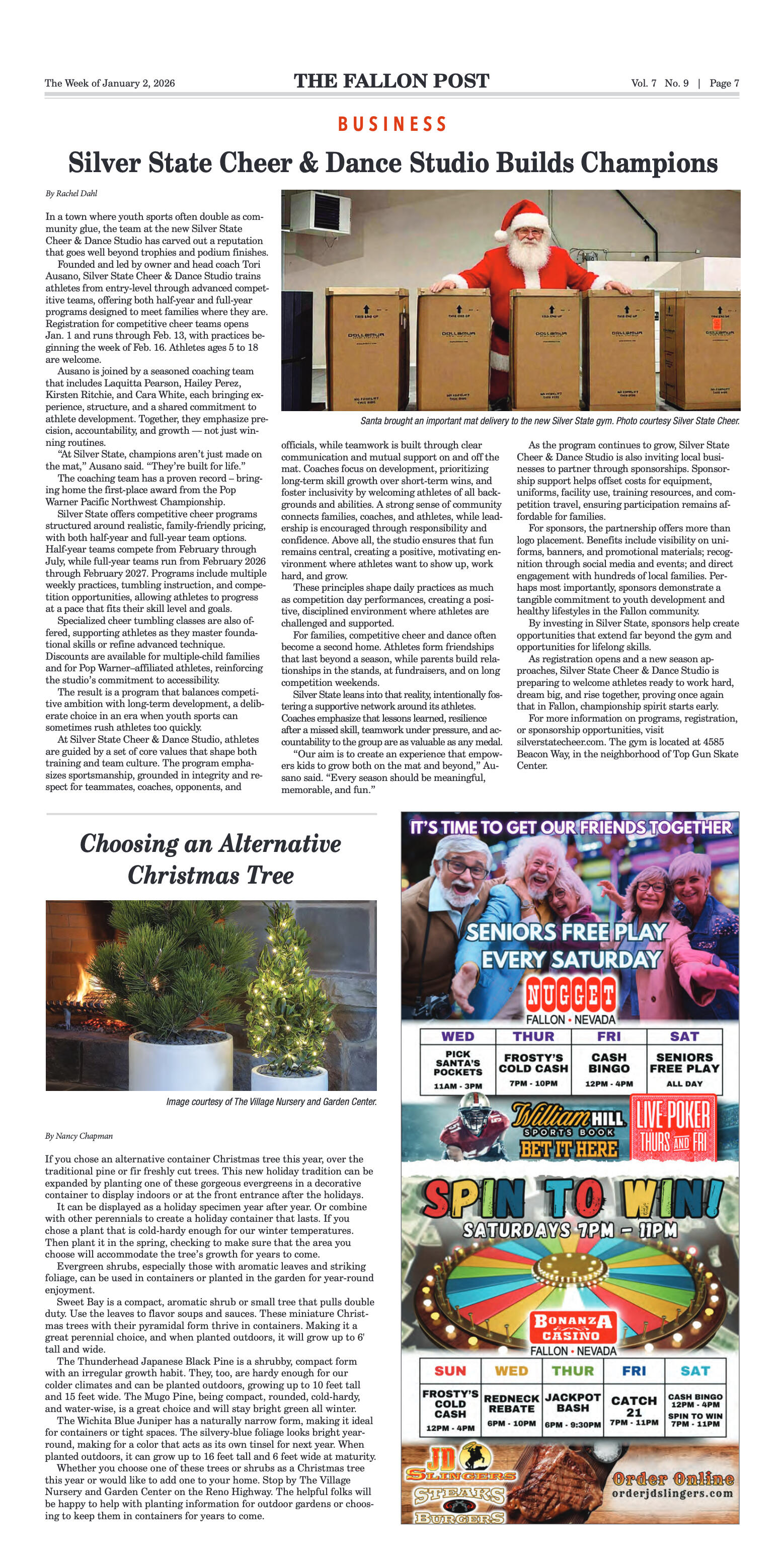
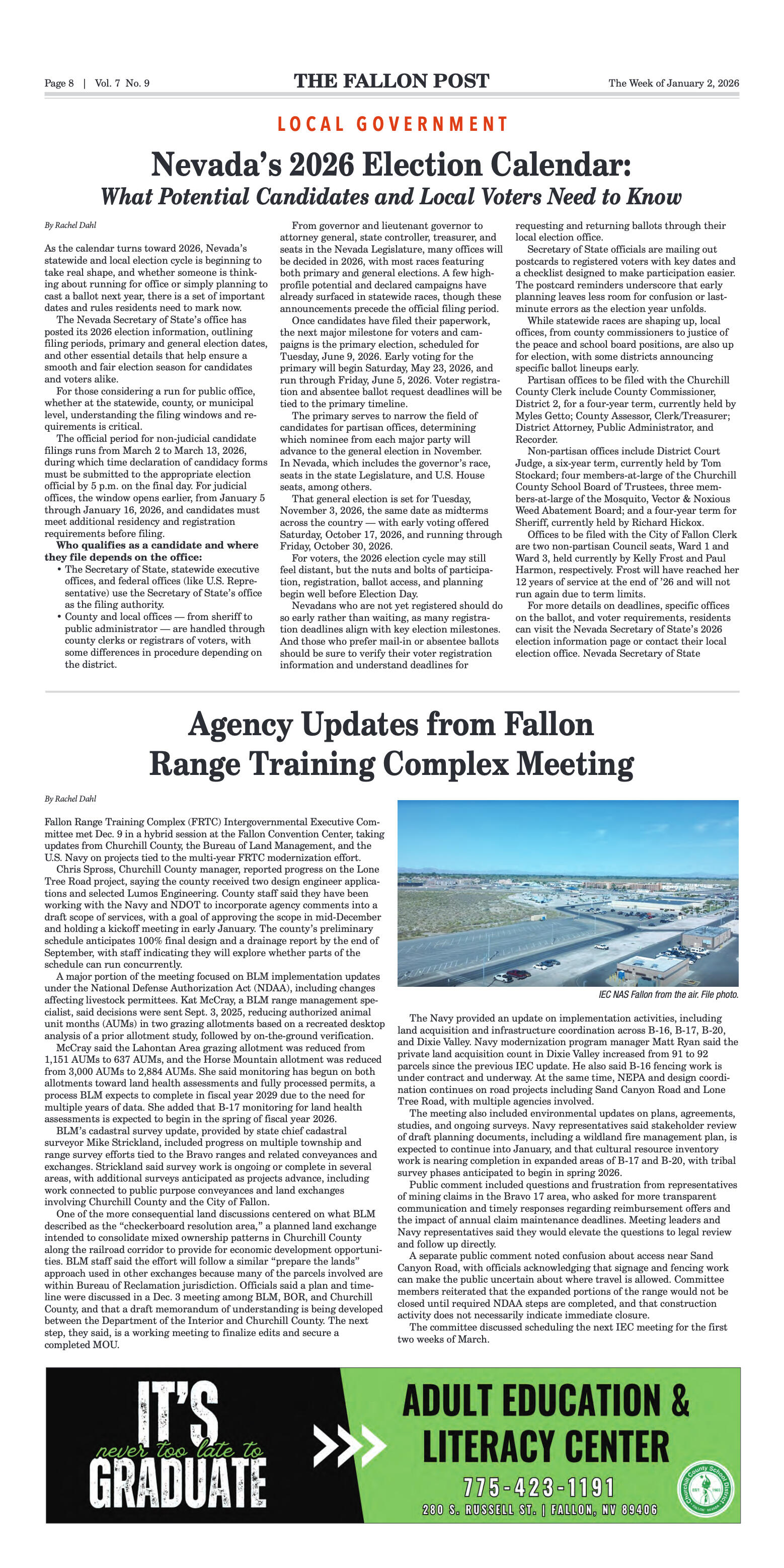
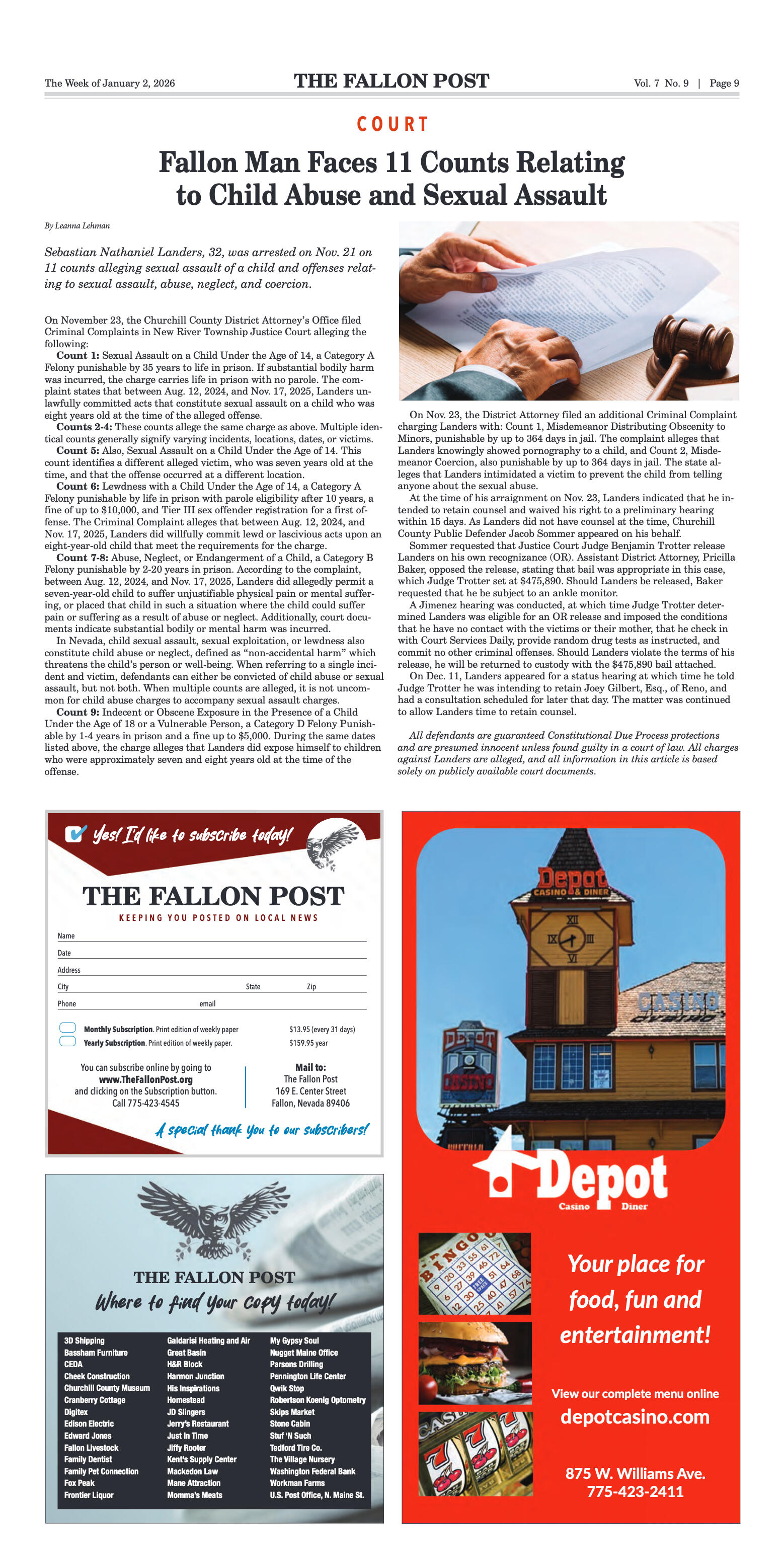
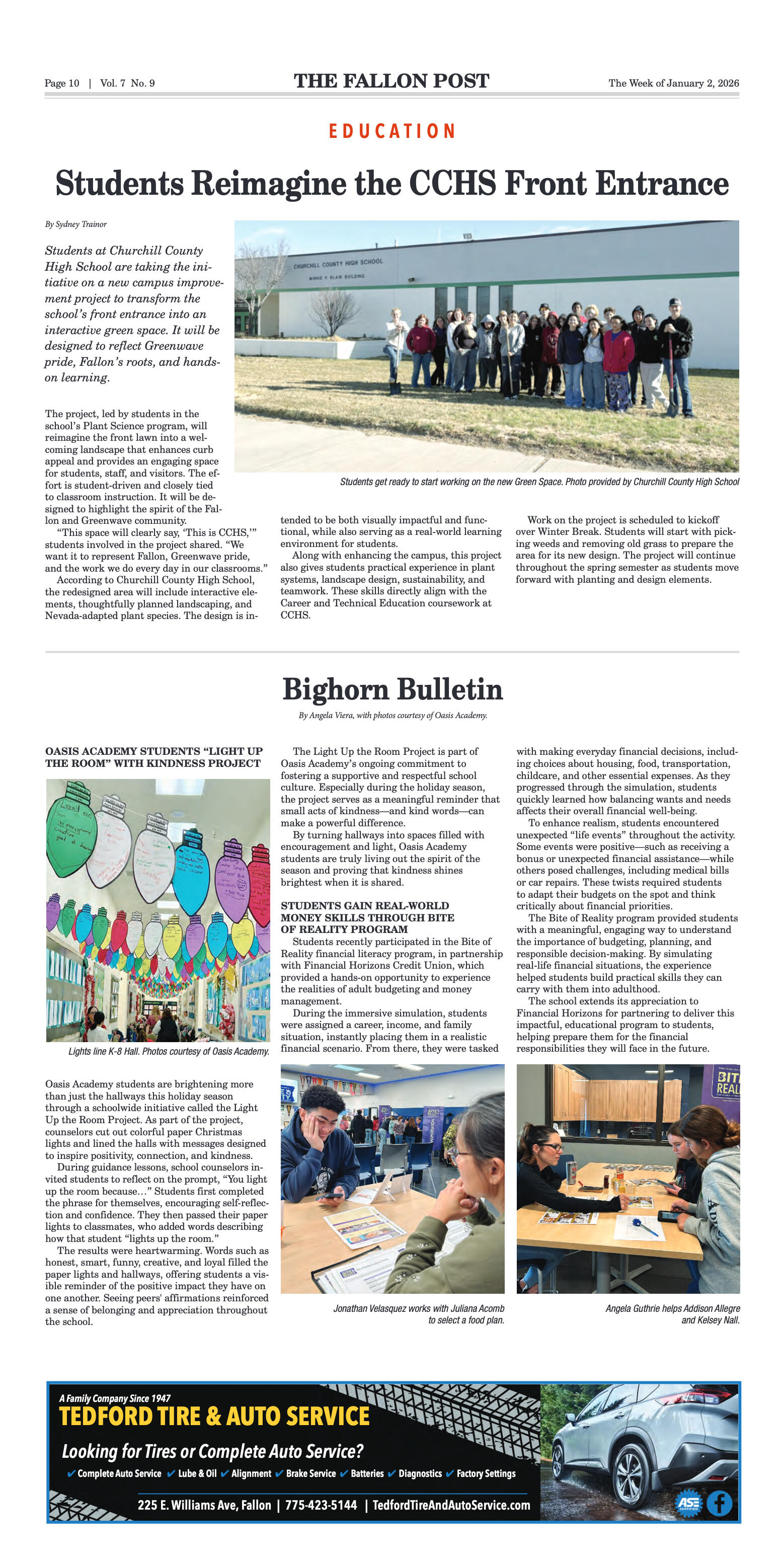
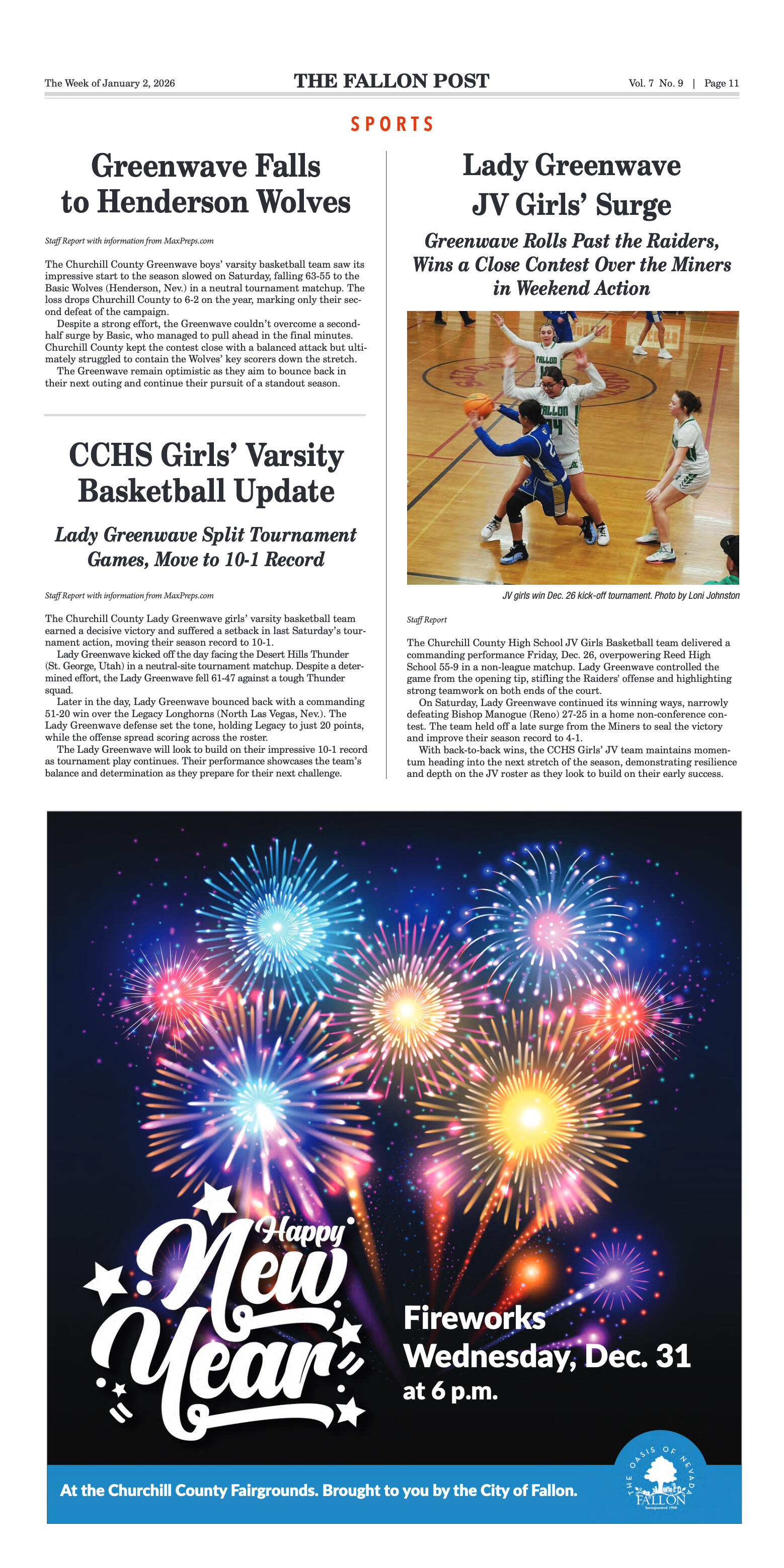
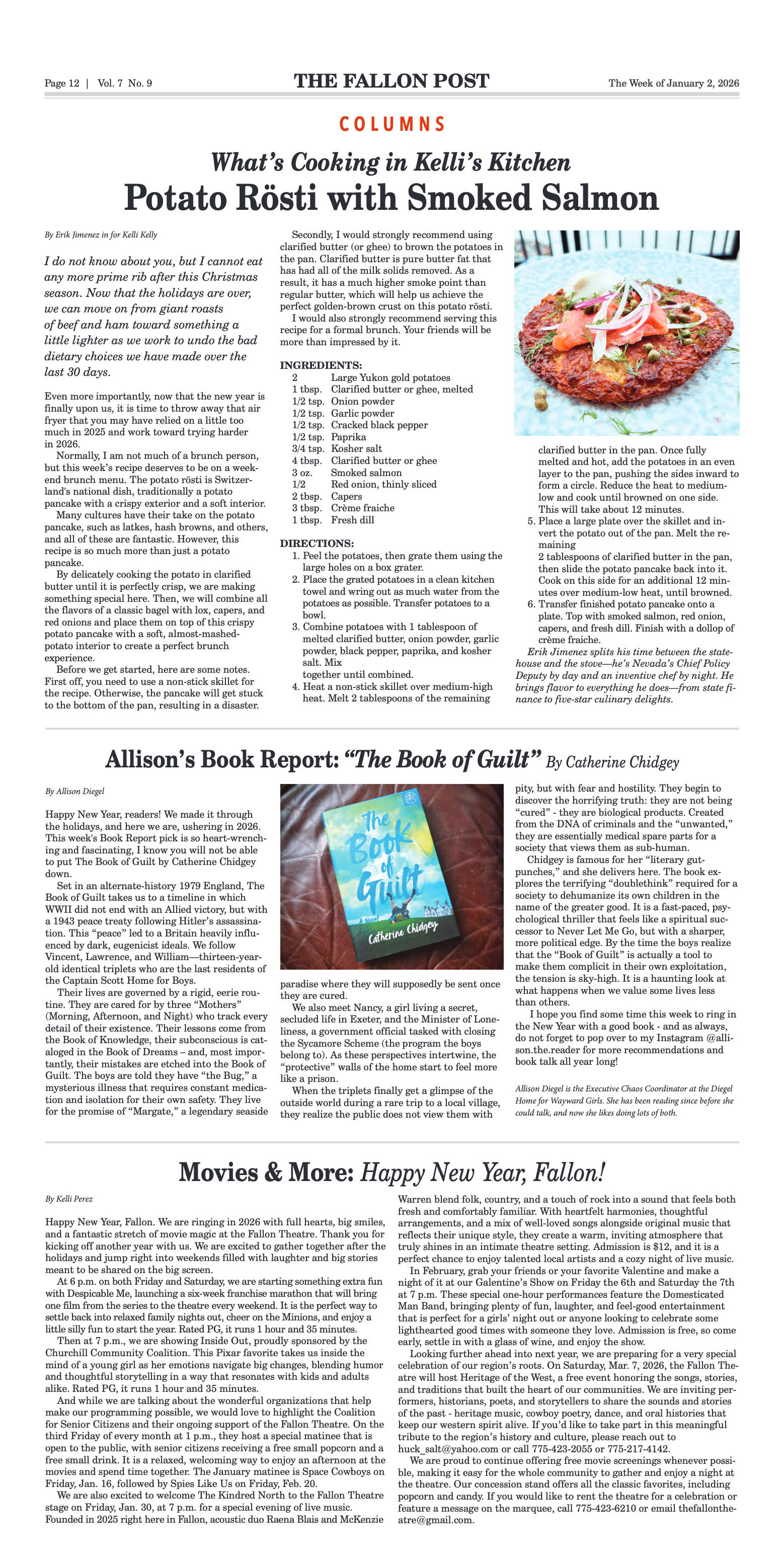
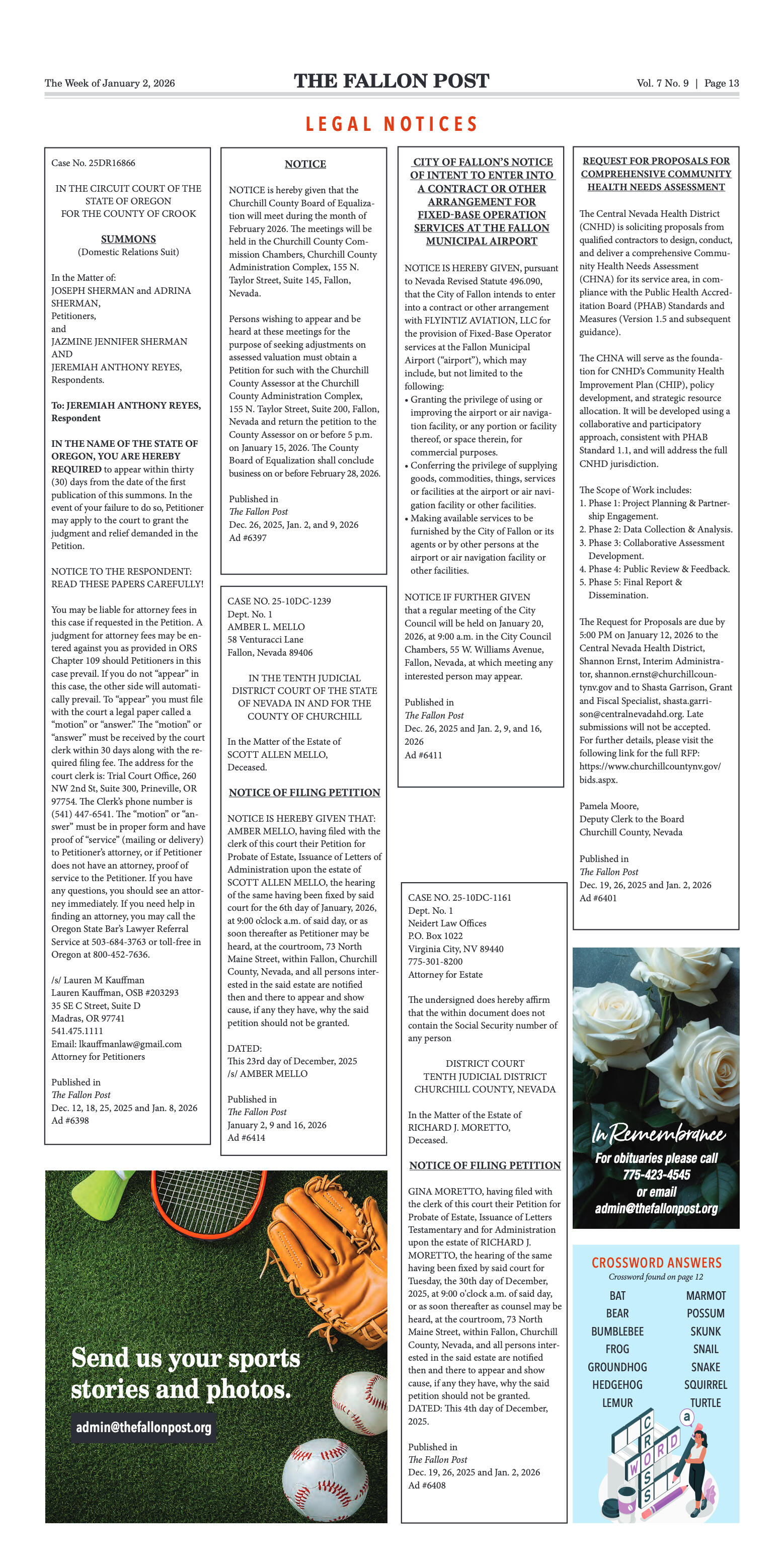
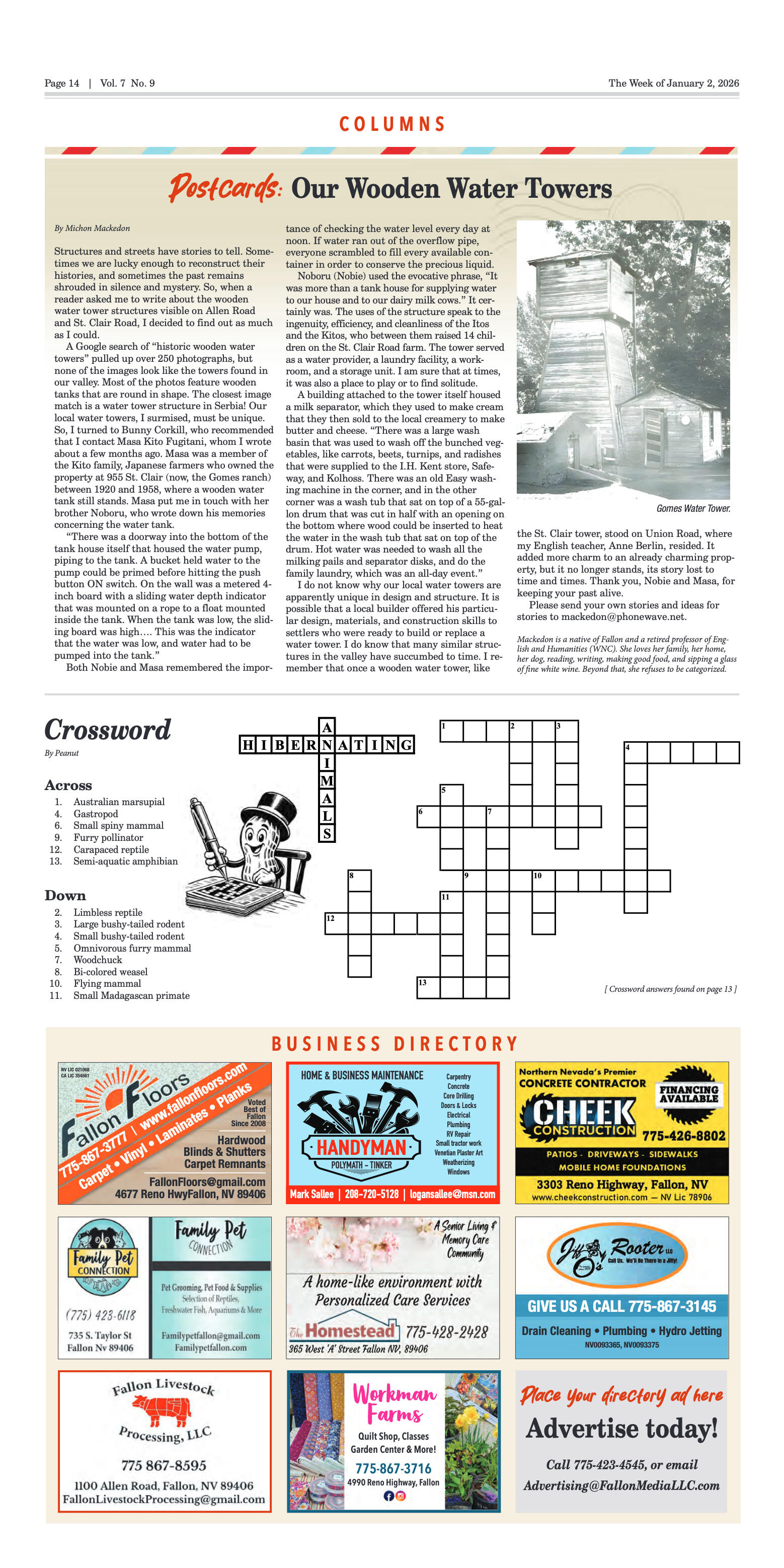
























Comment
Comments